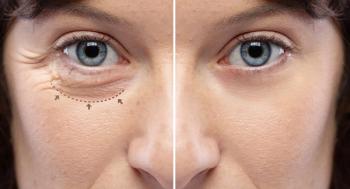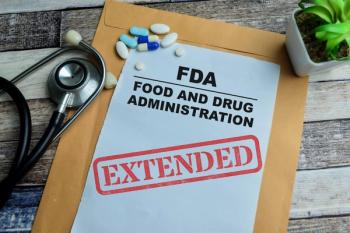
Micropulse laser for glaucoma may hold promise as option in clinical setting
In a small pilot study with limited follow-up, early application of micropulse laser trabeculoplasty (MLT) using a specific diode laser (IQ810, Iridex Corp.) appeared promising. Use of this multifunctional laser may have practical advantages in a clinical setting. Further study of the technology is needed to determine the role of MLT in the treatment of glaucoma.
Key Points
MLT laser technology
MLT differs from SLT by the manner in which it activates the cellular response, said Dr. Iwach, associate clinical professor, University of California, San Francisco. Instead of a single pulse, MLT involves bursts of short, microsecond pulses. Throughout the application, the treated tissue cools during "pulse off" times interspersed between the energy delivery pulses. MLT delivers 65 to 130 spots of 300 μm each. The energy, fluence, and exposure time, respectively, are 0.6 mJ x150, 84, and 300,000 msec.
Several recent studies have attempted to characterize and compare the tissue effects of laser trabeculoplasty procedures, according to Dr. Iwach:
Newsletter
Don’t miss out—get Ophthalmology Times updates on the latest clinical advancements and expert interviews, straight to your inbox.









































